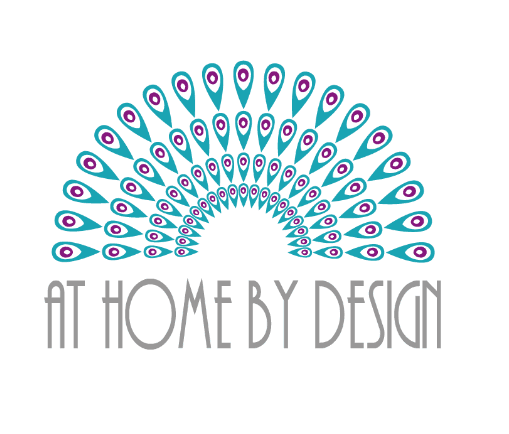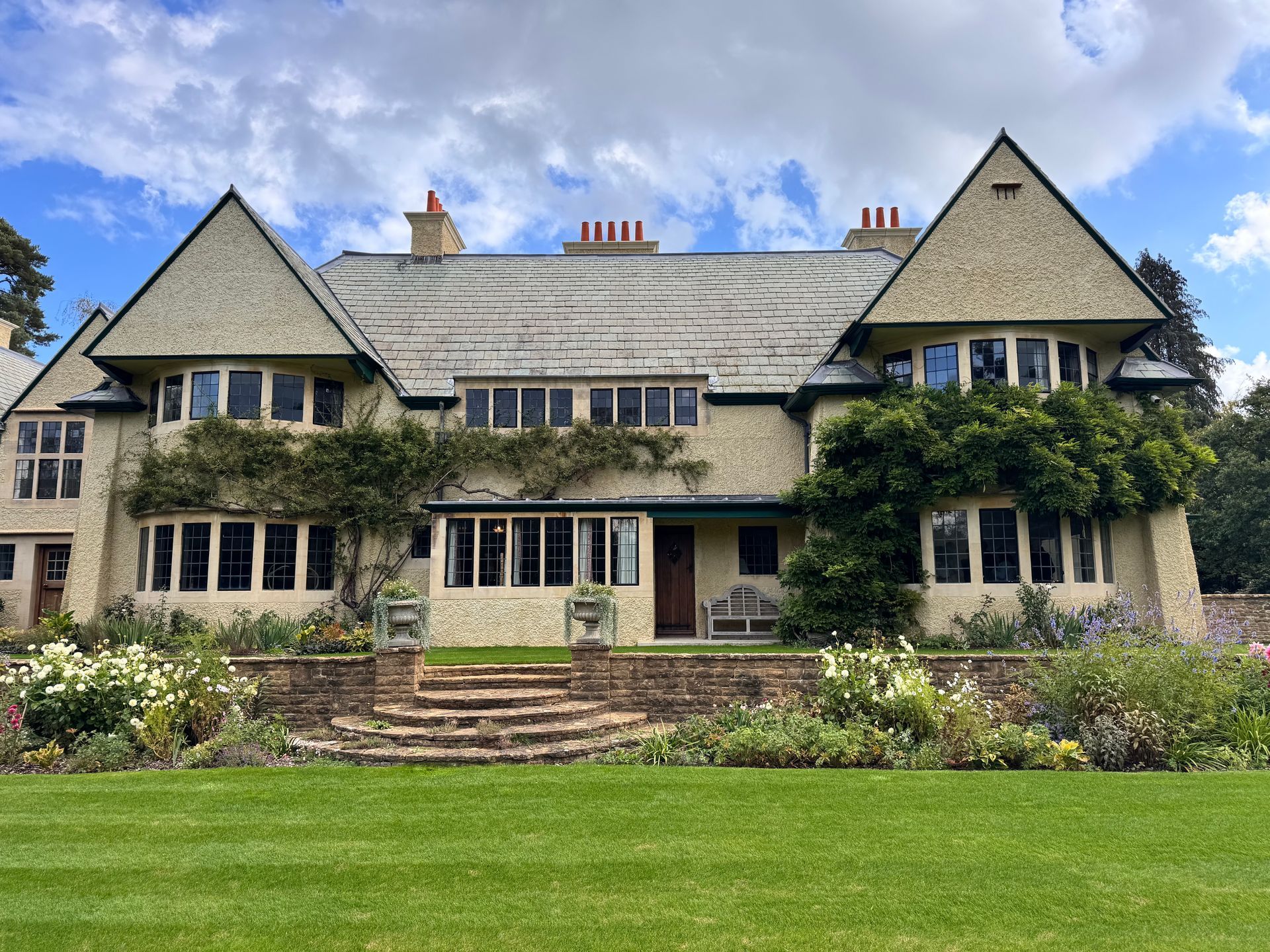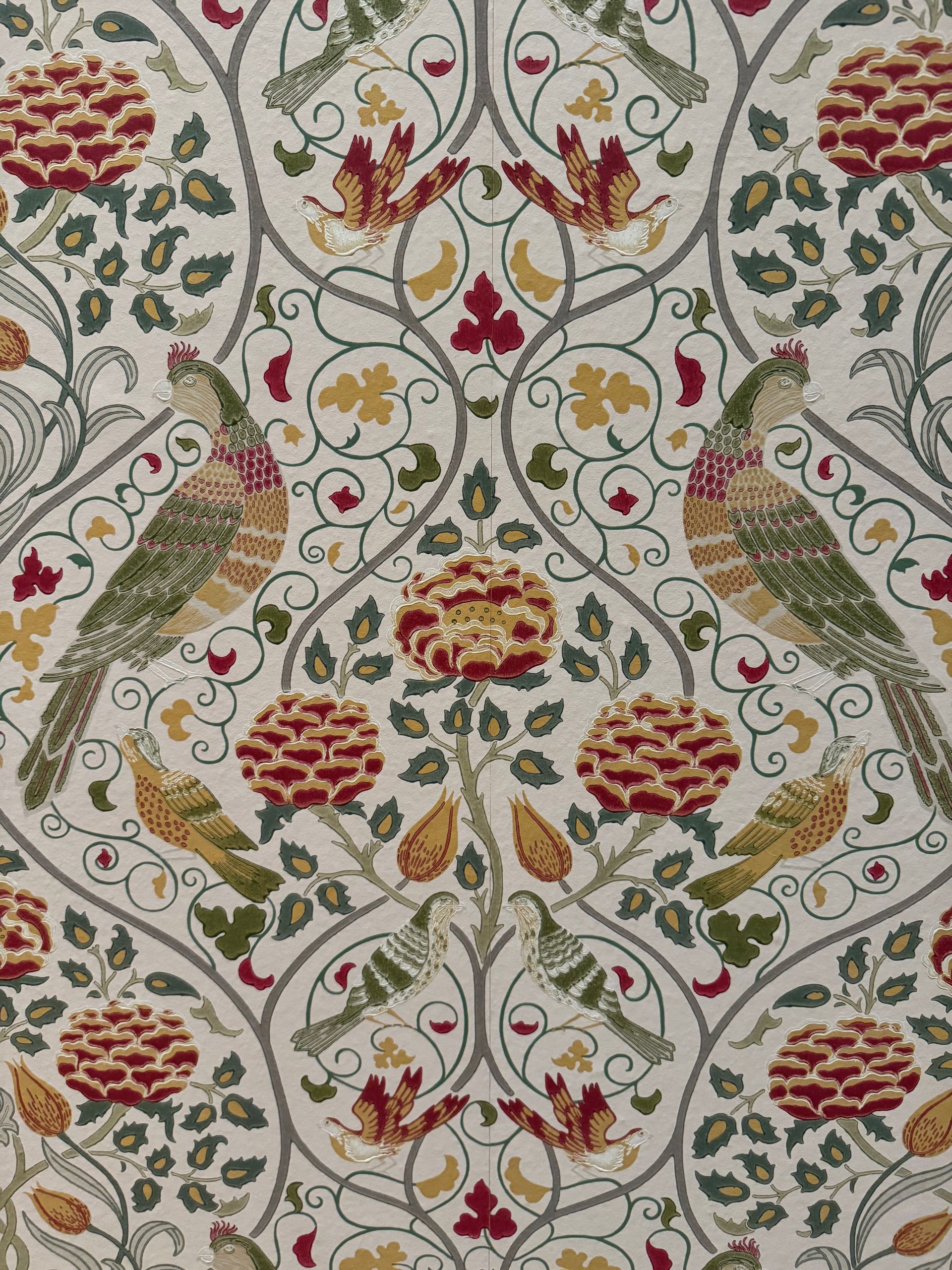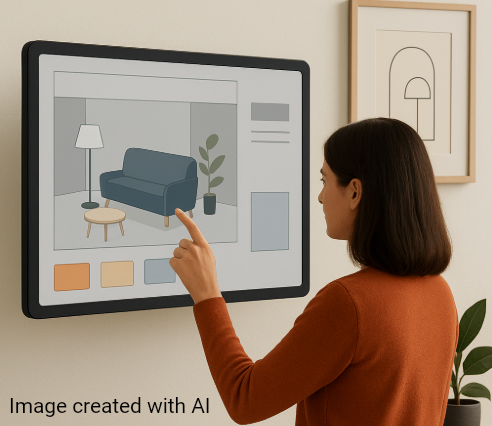How responsible design can be stylish and sustainable
Our obligation to create spaces that combine environmental aesthetics, functionality and style
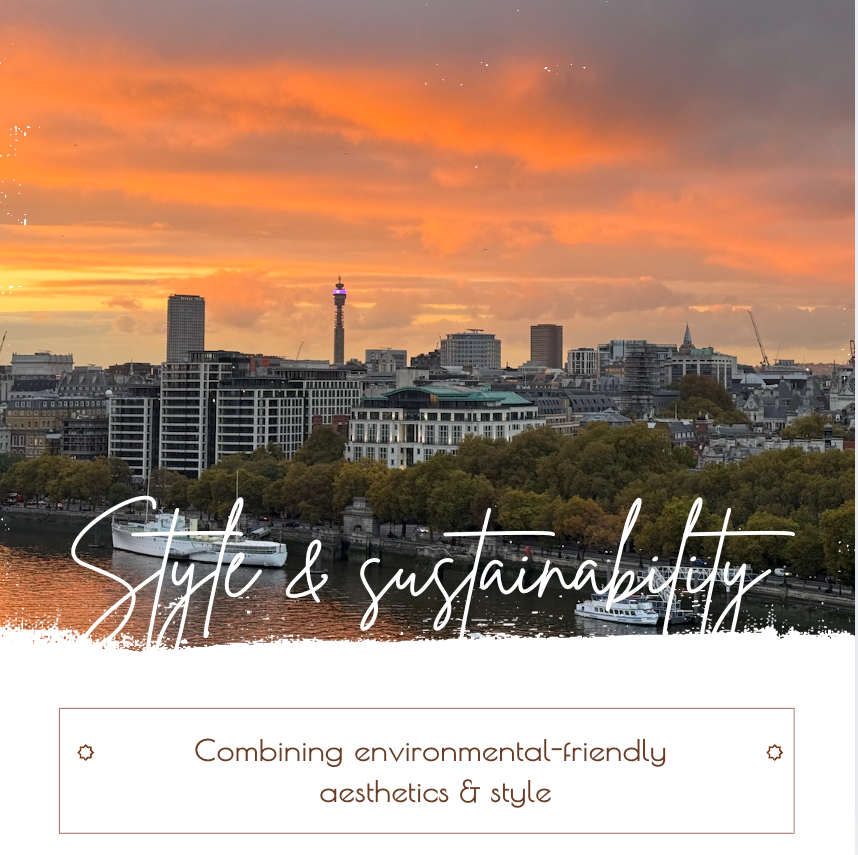
The term environmental aesthetics represents the intersection of environmental awareness and thoughtful design, creating spaces that are as kind to the planet as they are visually appealing. With increasing awareness of sustainability issues, there’s a growing understanding that designers have a multi-faceted responsibility: not only to deliver on the client’s brief but to also consider the environmental impact of their work, both now and in the future.
While the final choice rests with the client, designers play a crucial role in presenting sustainable options and explaining their environmental benefits. Here are several ways designers can approach projects to ensure they are both aesthetically pleasing and environmentally responsible.
Using sustainable materials
One of the most effective ways to create environmentally friendly designs is through the use of sustainable materials. This includes selecting recycled, renewable and biodegradable resources, such as sustainable wood for joinery or plant-based paints. These choices help reduce waste and minimise the use of non-renewable resources, offering clients beautiful finishes that are also eco-conscious.
Reducing energy consumption
Energy-efficient design goes hand-in-hand with environmental aesthetics. Maximising natural light in a space, for example, reduces the need for artificial lighting and helps cut energy costs. Incorporating energy-efficient technologies, such as solar panels, and opting for larger windows in darker rooms can also significantly reduce a home’s energy footprint while enhancing the atmosphere with abundant natural light.
Using water-efficient fixtures
Water conservation is a key aspect of sustainable design. Integrating water-efficient systems, such as aerated showerheads with reduced flow and low-flush toilets, can dramatically lower water consumption without sacrificing style or functionality. These fixtures blend seamlessly into modern bathroom designs, proving that luxury and sustainability can coexist.
Considering the lifespan of materials
Selecting long-lasting materials is another pillar of environmental aesthetics. Choosing high-quality, durable materials ensures that a space remains timeless and functional, minimising the need for replacements over time. This approach is not only environmentally responsible but also cost-effective, providing clients with spaces that stand the test of time while reducing waste.
Avoiding intricate decorations
Simplicity is often a hallmark of sustainable design. By opting for straightforward designs, designers can avoid excessive use of resources and materials that don’t add meaningful value to the overall scheme. Minimalist, clean lines and purposeful details contribute to a design that is both beautiful and sustainable, proving that less can indeed be more.
Considering the entire lifecycle of items
A true commitment to environmental aesthetics means considering the entire lifecycle of materials and furnishings. Designers can minimise waste by choosing items with resale potential, such as kitchens that can be reused or rehomed, or by upcycling existing furniture to breathe new life into old pieces. This approach not only reduces waste but also offers a personalised touch that makes the space unique.
The responsibility of interior designers in sustainable design
While this is not an exhaustive list, it illustrates the extent of an interior designer’s influence over environmental impact. From material selection to energy efficiency and sustainable waste practices, each choice contributes to a design that is thoughtful, beautiful and planet-friendly. Through environmentally aware design, we can create spaces that honour both our clients’ vision and our commitment to a more sustainable future.

